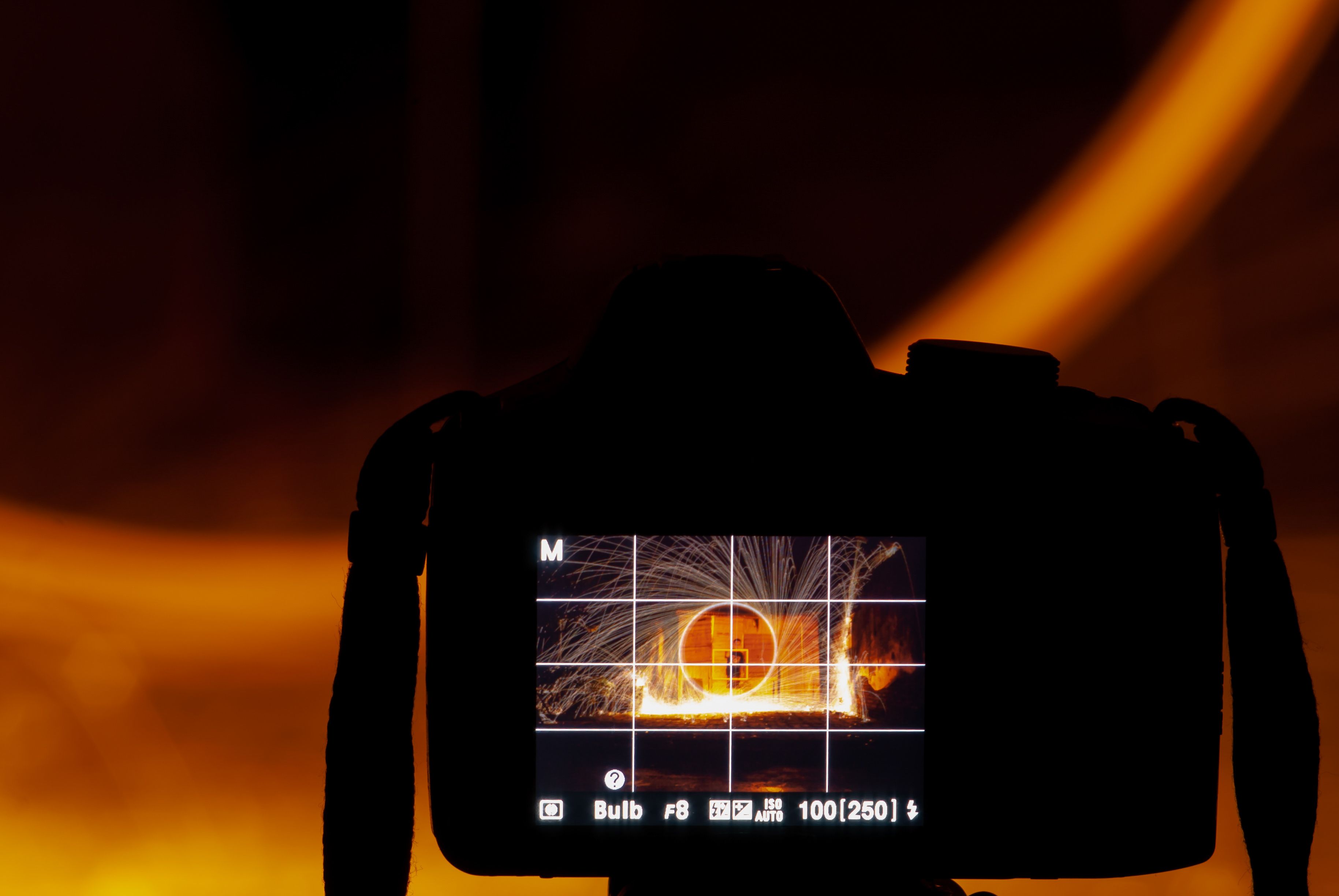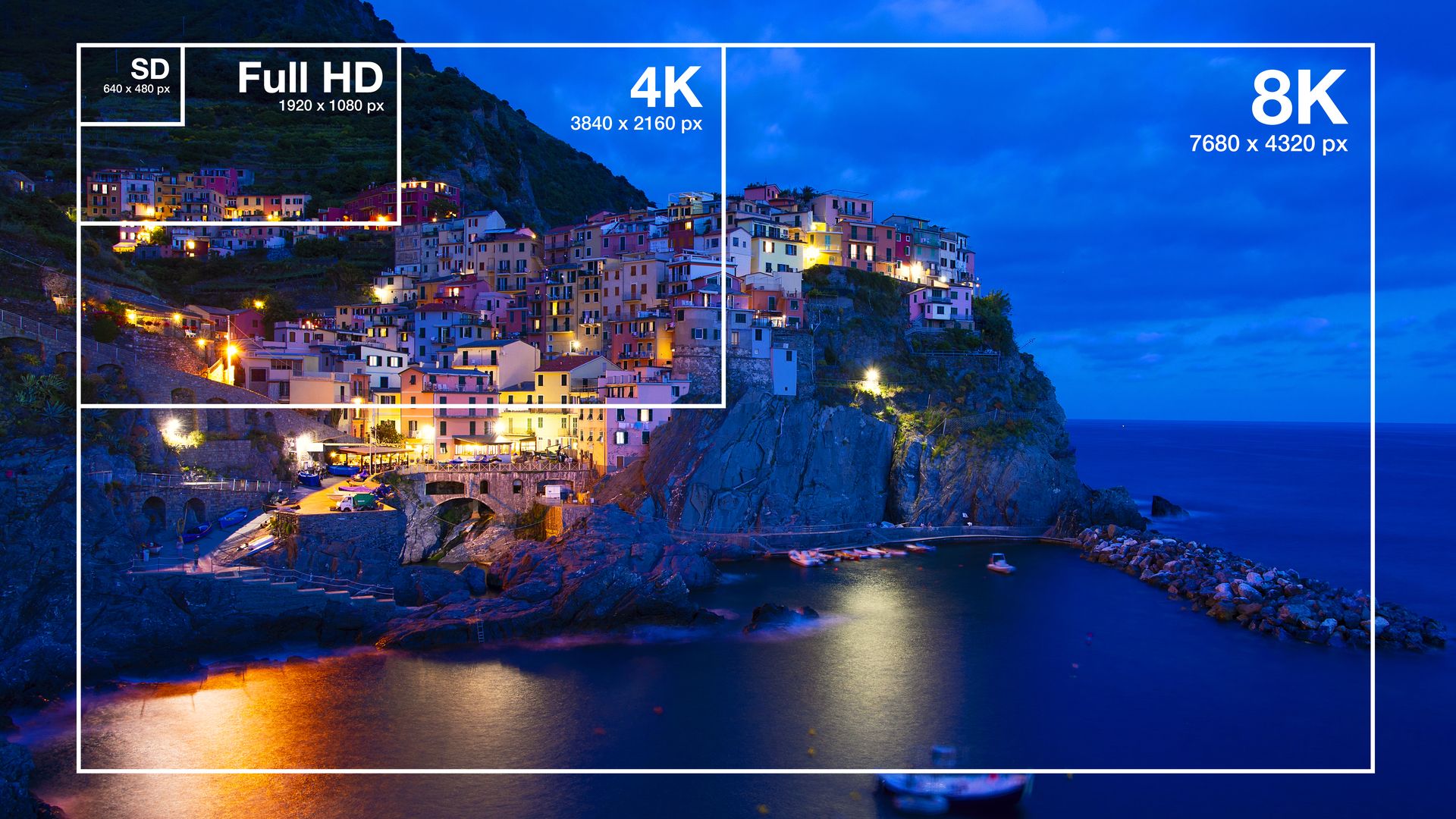I’m not a professional video person, but as a YouTuber and someone married to a video pro, my life became a lot easier when I took the time to learn some of the lingo. It won’t turn you into Scorsese overnight, but it’s a good start!
Aperture, Shutter Speed, and ISO
These three terms are crucial to understanding how light enters your camera and interacts with the camera sensor, or the film, in a film camera.
Aperture refers to the opening that lets light in, and this is measured in “f-stops.” A lower f-number means more light, and also creates a shallower depth of field, which gives you that nice blurred background, which is known as “bokeh.” A higher f-number means a sharper, more in-focus image, but it also means less light which might require increasing light in the scene.
Shutter speed is how fast the shutter opens and closes to determine how long the camera sensor is exposed to light for each frame. It’s measured in fractions of a second, such as 1/60 or 1/250. A slow shutter speed will have more motion blur as photons from moving objects smear across the camera sensor. With a fast shutter speed, you’ll capture fast action with crystal clarity, which is how professional sports photographers get those amazing shots.
The rule of thumb for shutter speed with motion blur that looks natural to our eyes is that it should be double the frame rate. So, if you’re shooting at a cinematic 24fps, your shutter speed should be 1/48 of a second.
ISO is the sensitivity of a digital camera sensor or film to light. A low ISO (e.g. 100-200) gives you a clean image in bright environments, but as things get darker you’ll have to up the ISO, with the trade off being increased grain in the video or still image.
Focal Length and Depth of Field
Measured in millimeters, focal length affects your field of view, or how much of a scene is captured by your lens, also known as the “field of view”. It’s literally the distance from the center of the lens to the focal point of the lens. Shorter lengths result in wider angle lenses, and vice versa.
Depth of field determines how far into the distance things are in focus. As I mentioned above, a wide aperture will result in your subject being in sharp focus and the background being blurred, which is a shallow depth of field.
Rule of Thirds
The rule of thirds is a basic composition technique, which helps you arrange the objects in your scene in a way that appears satisfying. Imagine your frame divided into a 3×3 grid with two vertical and two horizontal lines. Placing key subjects at the intersections of these lines or along them creates more balanced, visually engaging shots.
Most cameras have a function to overlay this grid on your viewfinder or screen, making it easy to line up your shot according to the rule of thirds. It’s not the most sophisticated composition guidelines, but it’s a fundamental place from which to start.
Aspect Ratio
The aspect ratio is simply the ratio between the length and height of your video frame. For example, most TVs have an aspect ratio of 16:9, which means that for every 16 units of horizontal length, there are nine units of height. In pixels, this results in standard resolutions like 1920×1080 or 3840×2160 pixels.
Three-Point Lighting
Good lighting is much more important for great footage than an expensive camera. There are many ways to light your scene, but three-point lighting is the fundamental way to light something professionally. This setup uses a key light, fill light, and back light.
Pan, Tilt, Tracking, and Dolly Zoom
These are fundamental camera moves that are often overused, but it’s important to recognize them when you see them.
A pan is simply moving the camera from left to right or vice versa on its axis, such as a tripod. A tilt is, well, tilting the camera up or down. A “tracking” shot is moving the camera to track a subject. It’s sometimes called a “dolly” shot because traditionally the camera would be on a tracked car called a dolly. These days, with technologies like Steadicam and, of course, gimbals, you can get the same effect without using an actual dolly car.
The “dolly zoom” is a pretty cool technique where the camera dollies towards the subject, while zooming in the opposite direction, creating a dramatic effect. The most famous dolly zoom in history is without a doubt from Jaws when the Chief of Police realizes the shark is near the beach.
Resolution, Frame Rate, and Color Grading
Finally, we have the concepts of resolution, frame, and color grading.
The resolution of an image is a measure of how much detail can be captured. Today, we use pixels to denote resolution. The more pixels there are in the image, the finer the detail. So a 4K UHD TV, with a resolution of 3840×2160, has four times the resolution of FHD at 1920×1080.
I mentioned frame rate above, and this is simply how many individual “frames” or still images that make up the video are displayed each second. The higher the number, the smoother the motion. Movies are typically 24fps, while action camera footage is usually 60fps. TV shows are usually 30fps.
Color grading is the art of adjusting the colors of a video as part of the editing process. Before digital video editing, the colors of a scene were altered using lighting or lens filters, or by modifying the film itself in some way.
These days, software like DaVinci Resolve is used to precisely alter the color in a movie to exactly what the director wants. Of course, nothing stops you from applying color grading to your own footage, and the various video filters in apps like Instagram are essentially a form of color grading.
There’s a lot more lingo to learn when it comes to the world of video, but this is a pretty solid start to understanding the fundamentals.











